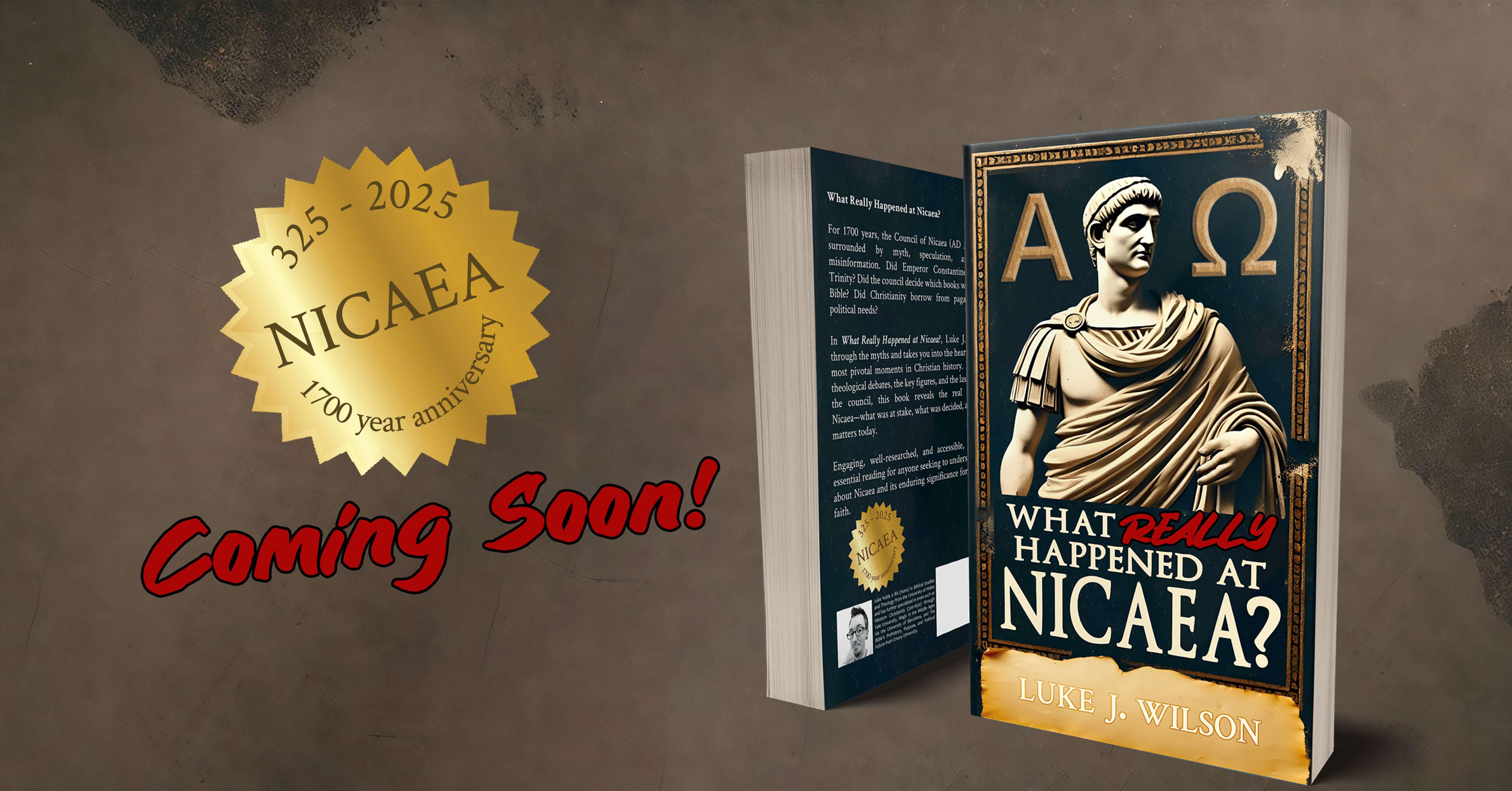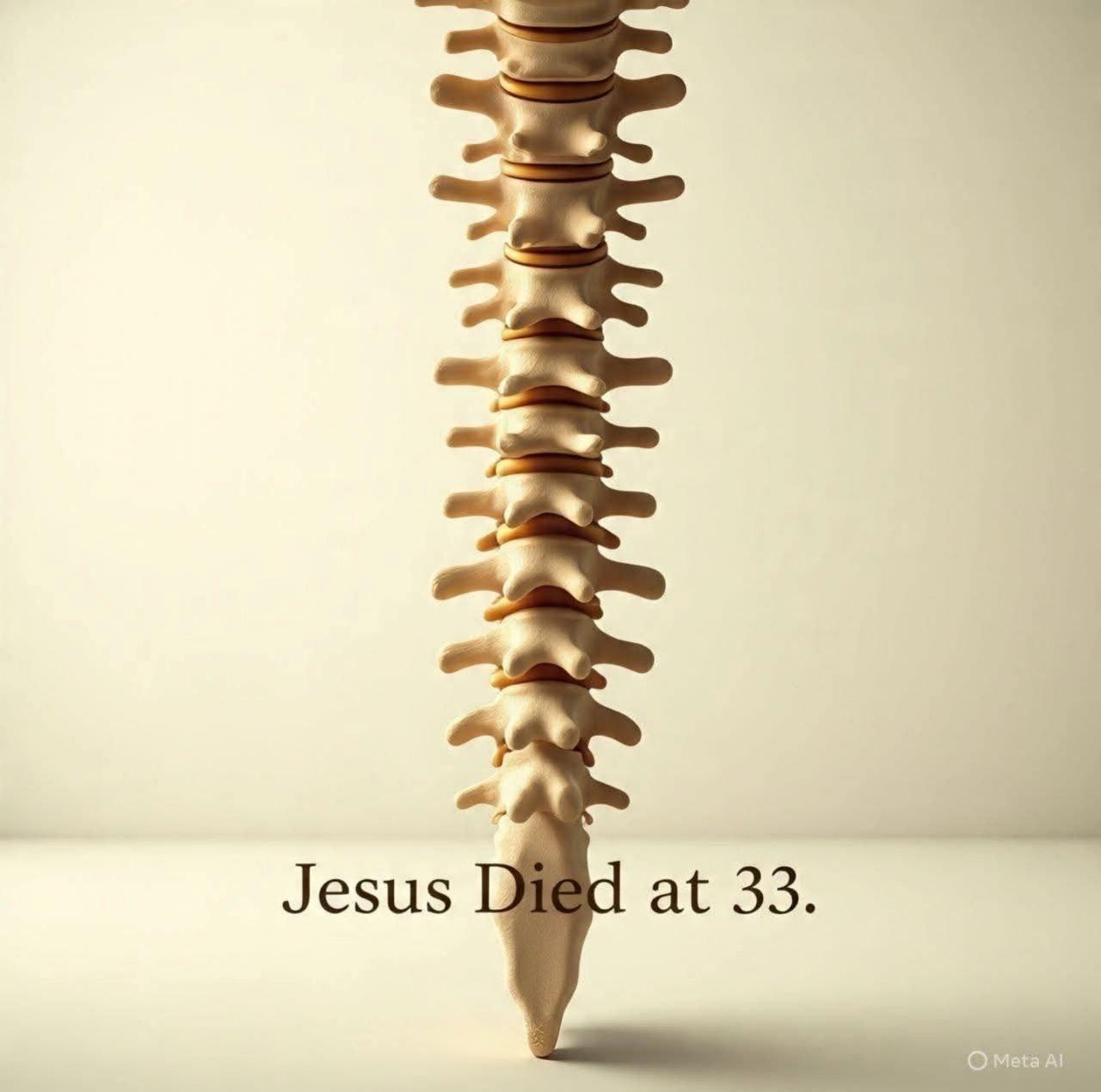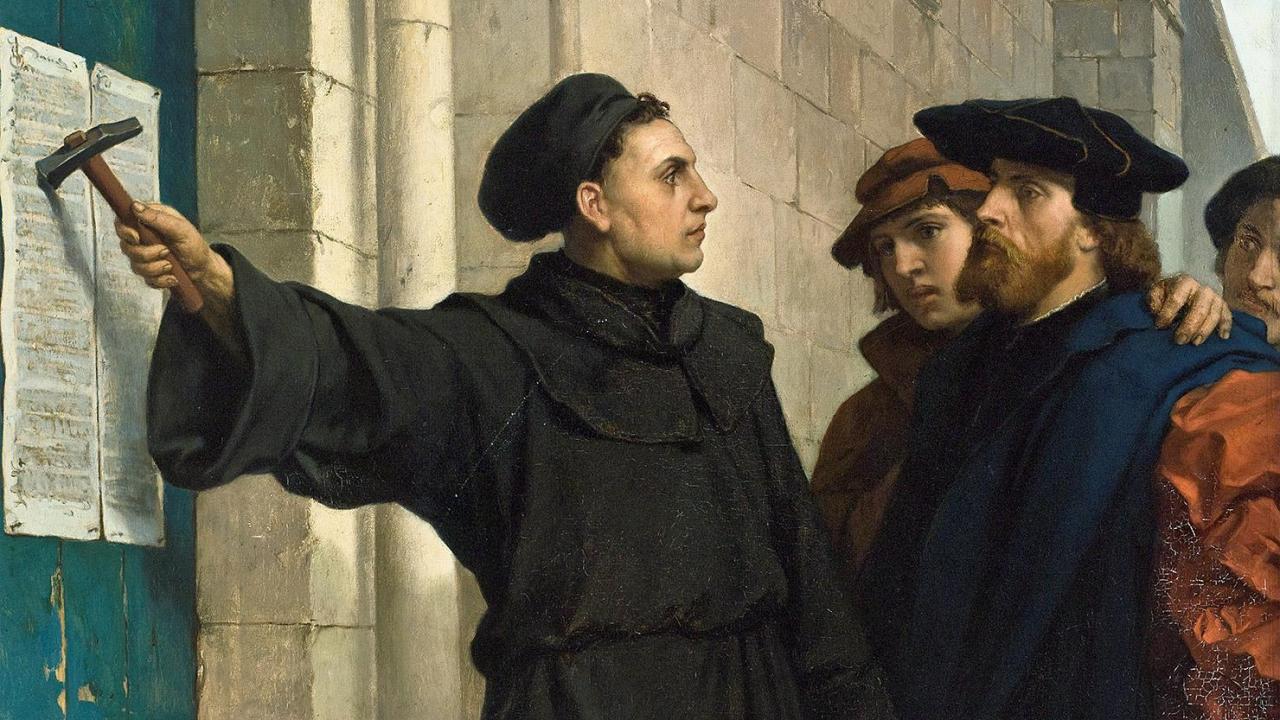The season of Lent is here once again which of course brings up the topic of fasting, since the tradition of Lent comes from following Jesus’ example of his time in the wilderness (Luke 4:1–2). I wasn’t planning on writing anything specific this year like I have previous in previous years, but I felt inspired today at church from one of Gospel readings:
Matthew 9:14–15
Then the disciples of John came to him, saying, “Why do we and the Pharisees fast often, but your disciples do not fast?” And Jesus said to them, “The wedding guests cannot mourn as long as the bridegroom is with them, can they? The days will come when the bridegroom is taken away from them, and then they will fast.”
Often times when the topic of fasting, or Lent, comes up, people are quick to defend their inaction towards self-denial by claiming that, “Jesus didn’t command us to fast!”.
Let’s take a look at that claim for a moment. There may be no chapter and verse you can point to where Jesus says, “Thou shalt fast” — but it was certainly implied in a couple of places when Jesus spoke on the topic, the verse from Matthew above being one of those times, when he finishes off by saying: “and then they will fast” after the “bridegroom” (ie. Jesus) is taken away (death and ascension into heaven).
The other time Jesus talks about fasting is a little earlier on in Matthew’s Gospel, in chapter six:
Matthew 6:16–18
And whenever you fast, do not look dismal, like the hypocrites, for they disfigure their faces so as to show others that they are fasting. Truly I tell you, they have received their reward. But when you fast, put oil on your head and wash your face, so that your fasting may be seen not by others but by your Father who is in secret; and your Father who sees in secret will reward you.
Here we can see that Jesus clearly speaks with the expectation that his followers will fast and even gives instructions and guidance on how to do so and how to avoid being lumped together with the “hypocrites” (sometimes translated as Pharisees). When Jesus tells us how to fast and when it will be appropriate, he was making sure to raise the bar again as he did with many things he taught on. As the Jewish leaders would fast in an obvious way to make sure that everyone could witness their apparent piety, Jesus was telling his followers to go about the business like normal; to get up, have a wash and not look miserable in their hunger.
Reading past the Gospels and into Acts and the Epistles, we begin to see how the Apostles and other early believers took Jesus seriously and did begin to fast once the “bridegroom” has been taken away from them. In Acts, the Church was fasting and praying when making decisions about missionary work and who to send (Acts 13:2–3), before appointing leaders (Acts 14:23) and oftentimes fasting preceded receiving visions from God, which we see in both Old and New Testaments (Acts 10:10; 11:5; 22:17). Fasting was also used for various other needs people wanted from God, like petitioning for answers in prayer, for protection, forgiveness or simply for humbling yourself (Ezra 8:21; Nehemiah 1:4; 9:1; Esther 4:3; Psalm 35:13; 69:10; Daniel 9:3; Joel 2:12; Zechariah 8:18–19). As you can see, fasting has a long and active tradition within Judaism, which passed on into Christianity quite naturally.
During Second Temple Judaism, biweekly fasts were a common practice amongst Jews (see Luke 18:12 for a brief mention of it), and this is what Jesus would have been targeting in his teaching in Matt. 6. A late first century text from the early church, called The Didache (which was a sort of “church handbook”), expands on this teaching of Jesus and demonstrates to us how the earliest believers understood this and carried on the practice of fasting, taking the familiar model they were used to in Judaism, and reshaping it:
But let not your fasts be with the hypocrites; for they fast on the second and fifth day of the week; but fast on the fourth day [Wednesday] and the Preparation [Friday]. — Didache, VII
This helps us see how the early Christians sought to differentiate themselves from the Jewish community in seeking a new and separate identity in light of Christ’s advent. Later, writing in the fifth century, a bishop of Salamis, Cyprus, called Epiphanius wrote:
Who does not know that the fast of the fourth and sixth days of the week are observed by Christians throughout the world?
The weekly fasts which Jesus spoke about, and which the early Christians held to, were commonplace and a global practice by the fifth century it would seem, and apparently common knowledge by the sounds of it.
With it being the Lenten season, I’d be remiss not to mention the forty day fast prior to Easter — something that has been a long established practice within the Church dating back to within the first century. Along with fasting weekly, and before making important decisions, the early Church began to take more from Jesus’ example of fasting in the wilderness as a time of sombre reflection of our own sin in the lead up to celebrating and remembering the death and resurrection of Jesus which wipes away all those sins.
For some consider themselves bound to fast one day, others two days, others still more. In fact, others fast forty days … And this variety among observers [of the fasts] did not have its origin in our time, but long before in that of our predecessors. — Irenaeus (c.180)
Evidence for this is well established from the ancient letters that we still have available to us, such as from Irenaeus quoted above. As you can see, the fast varied in the earlier times until it became fixed at forty days across the whole Church in the run up to Easter.
Fasting has been a steadfast part of the faith not only in the earliest of times, but even as ‘recently’ as the Reformation era. John Calvin, in his Institutes, wrote on the topic as it appears in his time the value of it was not being recognised by the Church:
Let us say something about fasting, because many, for want of knowing its usefulness, undervalue its necessity, and some reject it as almost superfluous; while, on the other hand where the use of it is not well understood, it easily degenerates into superstition. Holy and legitimate fasting is directed to three ends; for we practice it either as a restraint on the flesh, to preserve it from licentiousness, or as a preparation for prayers and pious meditations, or as a testimony of our humiliation in the presence of God when we are desirous of confessing our guilt before him. (Institutes, IV.12, 14, 15)
All of this is to say that the tradition of fasting on a regular basis has been a long held practice within the Church, beginning with the teaching and expectations of Jesus for his followers. But let's not forget or overlook one of the main purposes for fasting: repentance. It should be a way we face our own sin and mortality and truly turn our life towards following God and his ways—as highlighted by the prophet Isaiah (Isa. 58:1-9) and echoed in James 1:27.
If this is something you don’t partake in frequently (or at all), I would suggest that you seriously look into it as many writers throughout the ages have attested to the spiritual benefit gained from fasting and seeking the presence of God more, not only personally, but corporately. Join with one of the oldest practices of the faith and see how your relationship with God grows!












